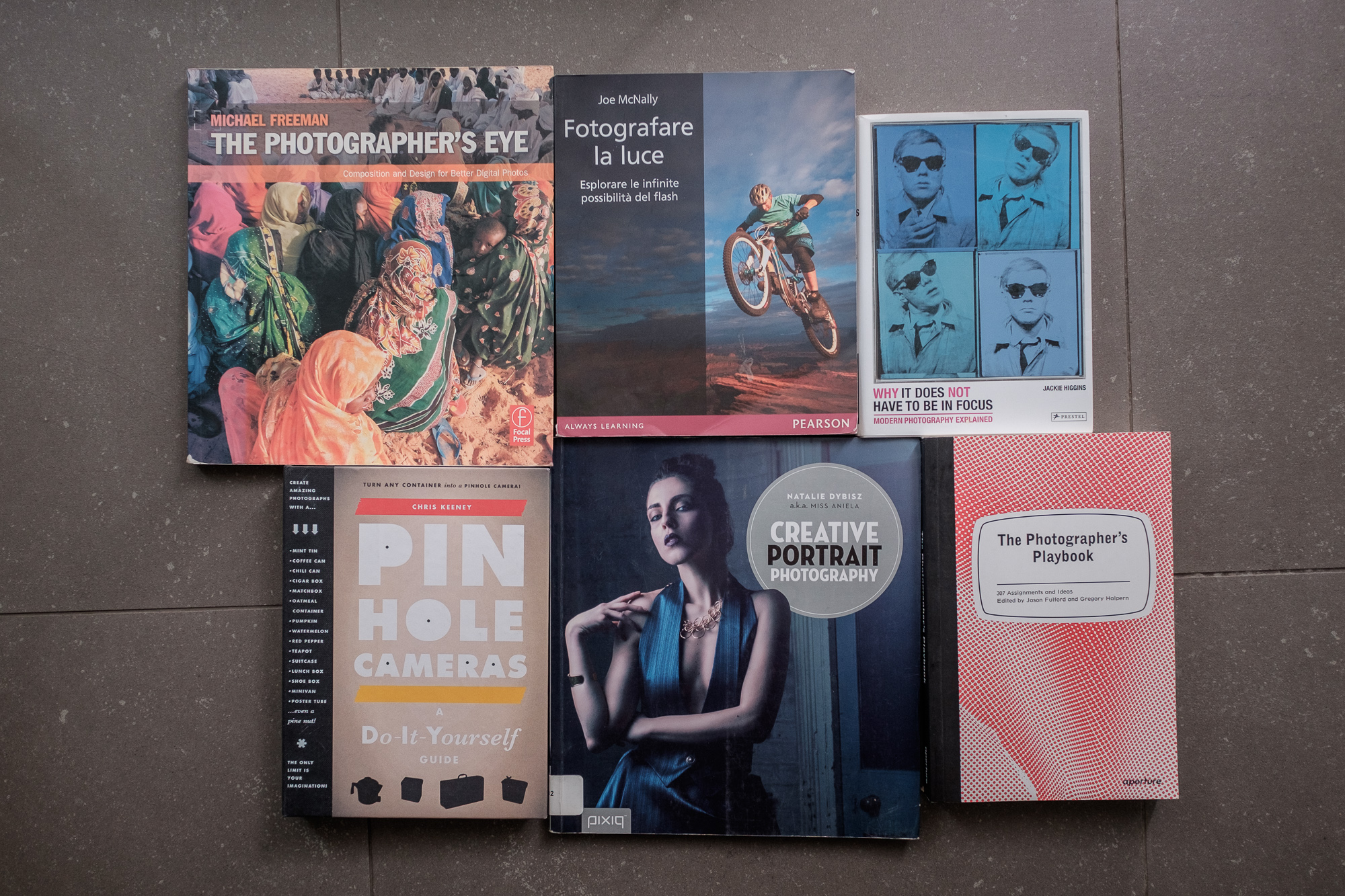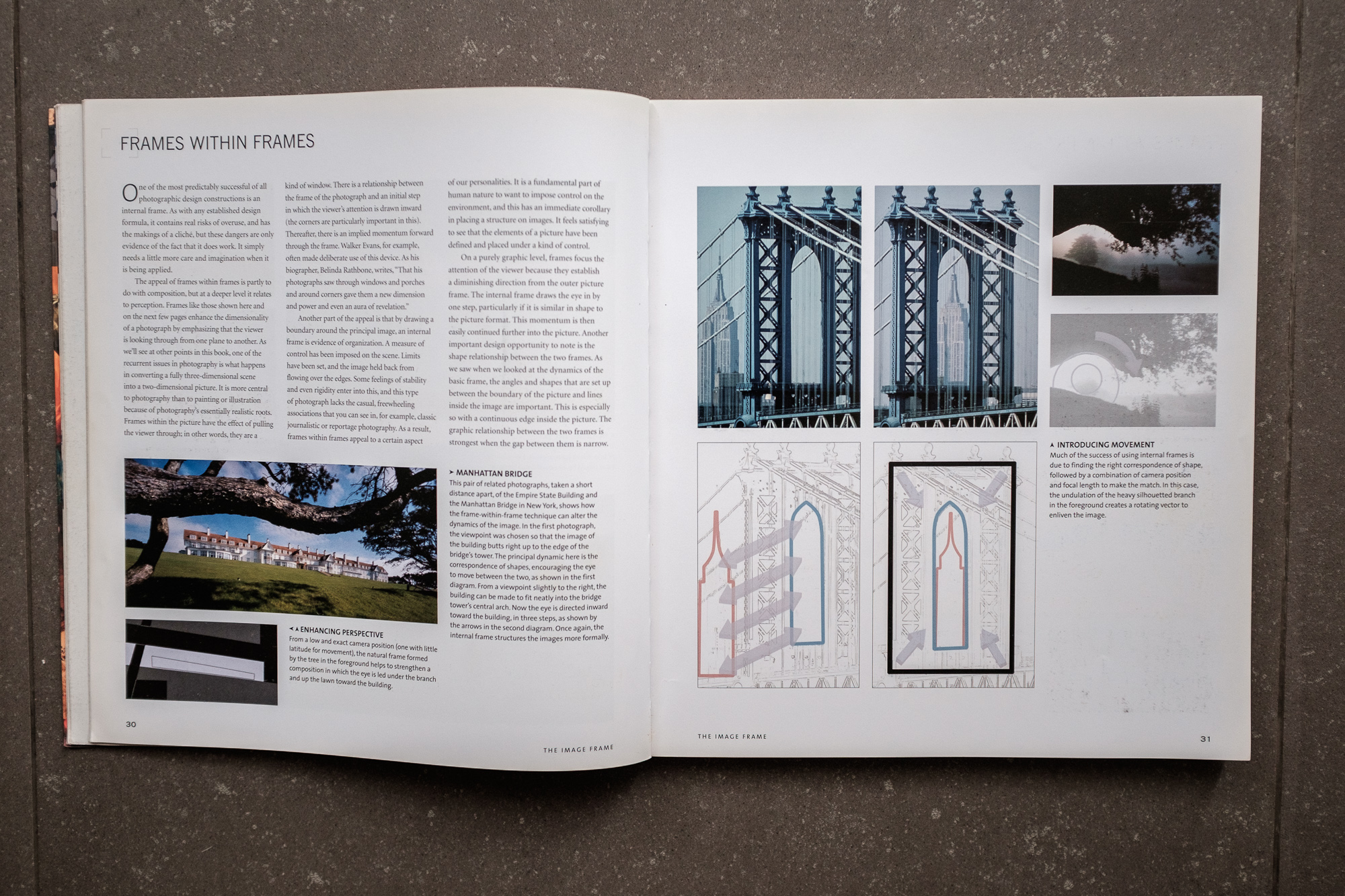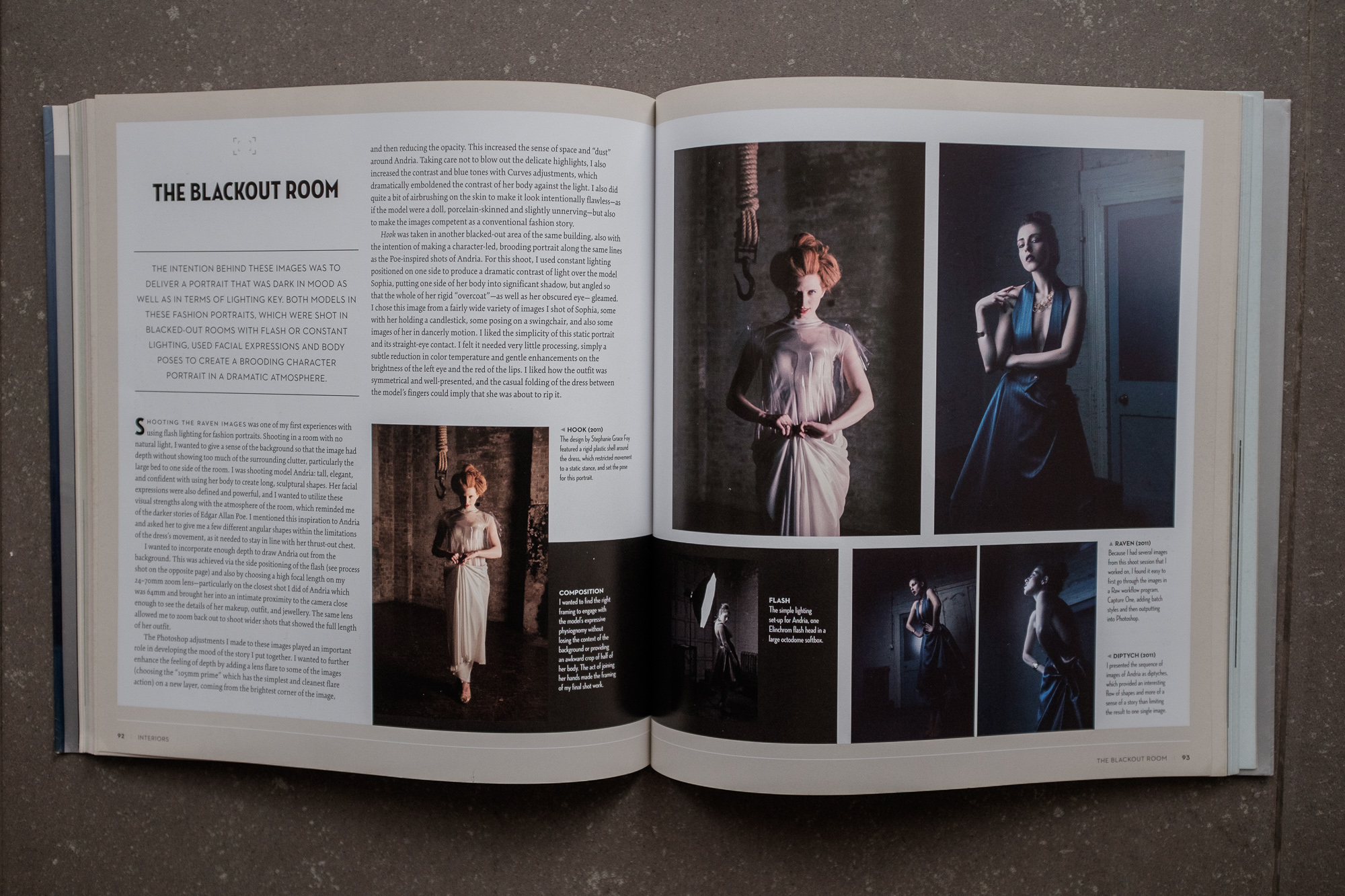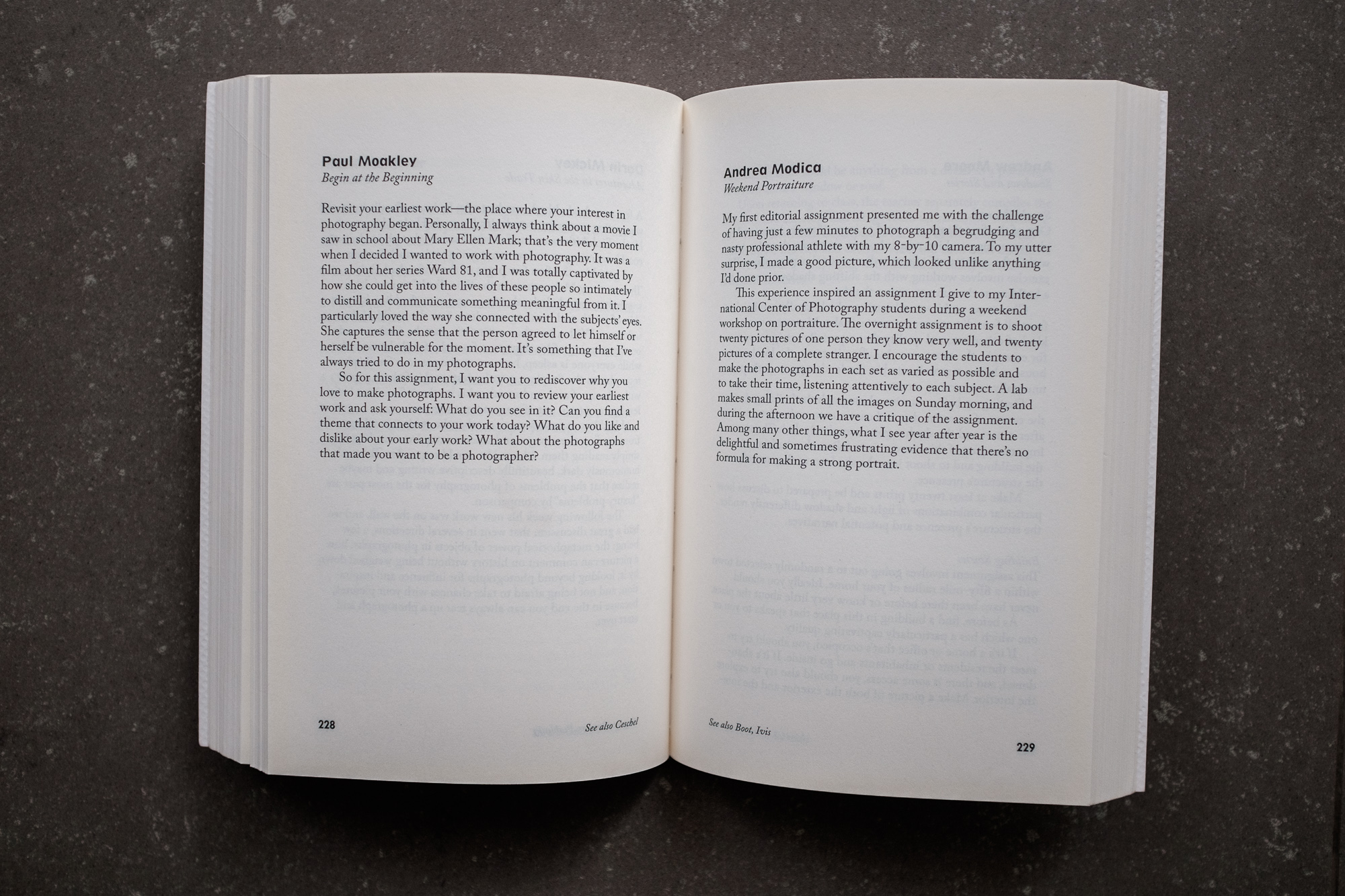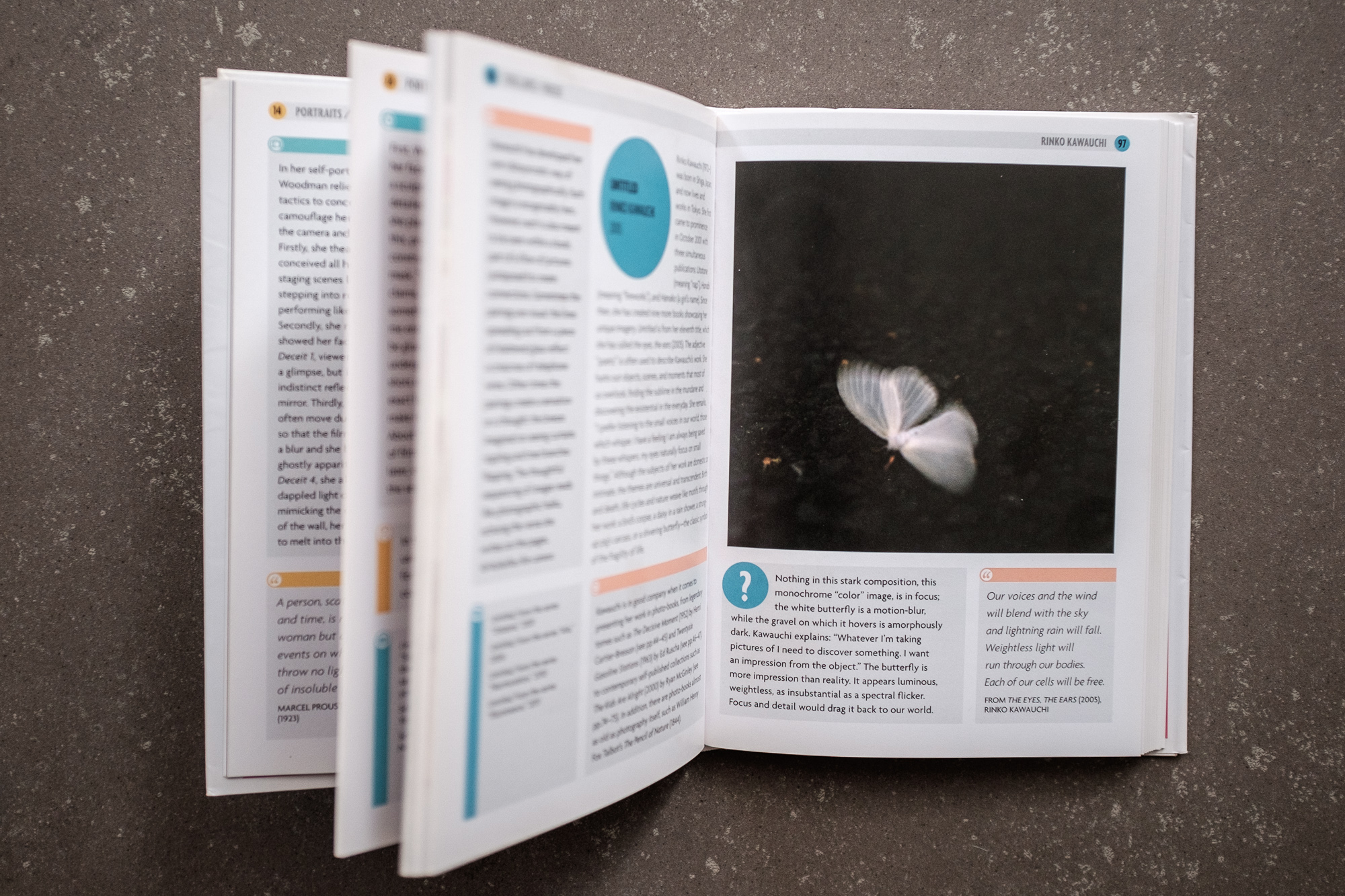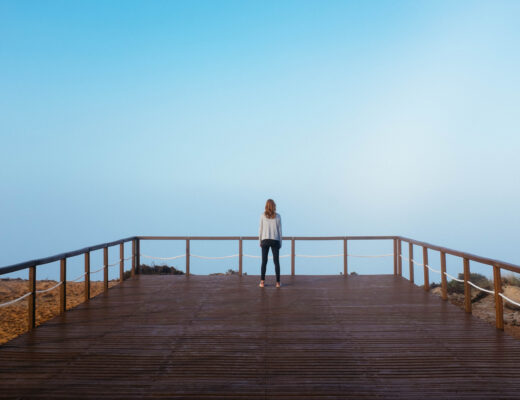In photography, as with any other discipline, there’s talent, knowledge, and practice. While with the first there’s very little I can do (it is only a matter of how much you have of it and how hard you’re going to work on it), and the last is really, only, about practice, that middle piece, the knowledge, is the one that a fellow photographer like me can share with other fellow photographers like you. Which is what I’ve been trying to do with my articles in the last two years (almost!) here on FujiLove. I’ve shared the obvious (my equipment, my settings), the inner (my creative process), the outer (light schemes, perspectives, editing techniques), and the final products. I “shared it all”.
But for as much as I’ve shared, I always started from a “middle point”, meaning I’ve always taken for granted that my audience, you, had most of my background, or at least all the background needed to fully understand and properly benefit from my articles. But what if this wasn’t the case?
Don’t worry, I’m not going to cover all the bases in this article, and the reason is simple: there’s plenty of books out there for covering (and organizing) all those bases. Books written by better photographers, or better teachers, or better writers than myself (or, simply, books already written). So, you should read these books. Which one, you asked? Well, here I can answer, cause, you know, I didn’t go to photography schools, or college, or university, or whatever, cause my background is something completely else than photography (I’m a PhD on biomedical engineering). All I know that doesn’t come from talent of practice basically comes from these books. Let’s see which ones.
The Photographer’s Eye. By Michael Freeman.
This should be your very starting point, even if you’ve already read tons of other technical books about photography. Because learning photography from technical books is like learning to paint by reading about brushes and paints specs: they actually get relevant only after you’ve understood how to conceive and construct an image! For all of you who don’t have an art background this book will come as an epiphany and will show you why your photos don’t look the way you wanted them to: it is not because of the camera body, or the lens, or the editing, it is most probably because of the framing. Read it. Then read it again. Then keep it for further reading!
Sketching Light: An Illustrated Tour of the Possibilities of Flash. By Joe McNally.
If you are interested in flash photography (which doesn’t necessarily mean studio photography) then you need to understand how light works, and when I say light I don’t refer only on flashes, but on all the light sources you’re going to face while shooting. Joe Mc Nally has done a great work here with Sketching Light: he shares his practice, case by case, to show us how his mind goes about light given the subject, the background, and the mood he’s looking for. It’s really a solid book you should definitely read (from the beginning to the end, don’t jump here and there only because you like the final photos!) and while you do it try to focus on the process more than on the specs, and you’ll eventually grasp how light can be handled properly and effectively.
Creative Portrait Photography. By Natalie Dybisz.
If you liked Sketching Light and are now wondering what else you could do with your new knowledge on light, flashes, and framing, there’s a good chance you’re ready to read Creative Portrait Photography. This book is all about the process, and the final images are extremely complex, rich, and heavily edited, but because of all this it is the closest match to a series of creative photography workshops condensed in just one book. Oh, and it looks gorgeous.
Pin Hole Cameras. A do-it-yourself guide. By Chris Keeney.
If, instead, Sketching Light went too far into staging the whole scene, or simply you’re more into spontaneous approach to photography, and flashes are too much of a hassle, you might want to try to take out all there’s it to take out about equipment and technicalities and bring back photography to its first years of life. A pin hole camera, that is, a hole in a camera (which, if you’re wondering, can just be a box with some film in it) is the king of the minimal requirements and photography roots. Reading about, and eventually creating your very own pin hole camera, is the best way to fully understand concepts such as focal length, aperture, shutter speed, and ISO sensitivity. You wanted the basis, well, there’s nothing more basic than a pin hole!
The Photographer’s Playbook. 307 assignments and ideas. Edited by Jason Fulford and Gregory Halpern.
Ok, here we’re leaving the “build the basis” field and moving into what to do afterwards. Which should be trying new ideas. If you have already though of plenty, well that’s good for you. But eventually everyone gets to the point of having only “stale ideas”, and should that day come try getting a copy of The Photographer’s Playbook before listing all your gear on eBay. The editors have collected more than three hundred “self assignments” that professional (and sometimes famous) photographers have given to themselves when in lack of new ideas. The suggenstions are many, and even if you’re so picky to like just a handful of them it’s still a good reason to get the book.
Why it does not have to be in focus. Modern Photography Explained. By Jackie Higgins.
The last book of this list is mandatory. Read this and learn to accept and respect the contemporary photographs (and photographers) around. Because photography, like painting, has its technical and aesthetic rules set only to be crashed by talented artists. So, next time you’re about to start a ranting against that photo, which has won an important prize or is hanging on that gallery wall, “even if its subject is out-of-focus/blurried/too-dark/too-bright/whatever-you-learned-on-basic-books-is-considered-to-be-wrong”, you’ll hopefully reconsider. And after reconsideration you might try harder to read and understand the photo. And that process, I can assure you, is going to enrich you more than all the books you’ve read so far (even if at the end you still don’t like the photo. De gustibus non est disputandum!).
That’s it, for the moment. It’s a lot of reading. Take your time. If you want, share here what are the photography books you liked the most (I mean your list, not necessarily mine). My bookcase has many many more than the few I listed here, maybe in a next article I’ll extend the list with a few more. But for the moment I think this is more than fine. Read, learn, share and enjoy!


